Surveillance cameras in Russian cities will be used to search for debtors. Now this practice is in place in Moscow, but in the future it will spread throughout the country,
said Dmitry Aristov,
head of the federal bailiff service of Russia.
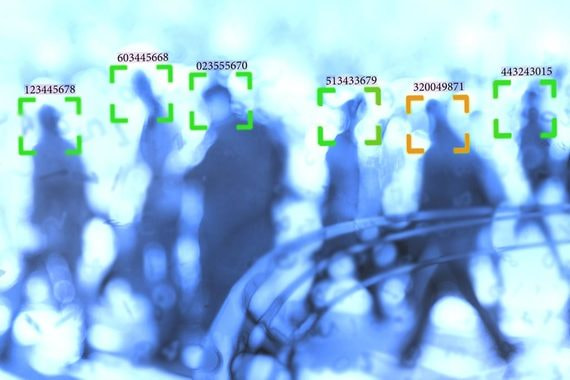 Source: Vedomosti
Source: VedomostiBailiffs will be looking for defaulters with the help of “automated information systems”.
In Moscow
, more than 3 thousand cameras were
connected to the face recognition system in
2017 . At that time it was reported that the system is able to establish in real time the identity, gender and age of a person who fell into the camera lens. Then the metropolitan video surveillance system consisted of 160 thousand cameras and covered 95% of the entrances of residential buildings.
At the
beginning of 2019, approximately 170 thousand surveillance cameras were installed in Moscow. They are installed in courtyards, porches, parks, schools, clinics, shopping and construction facilities, in the buildings of executive authorities. In
May, authorities in the capital announced that a system of 200 thousand surveillance cameras had been deployed in the city.
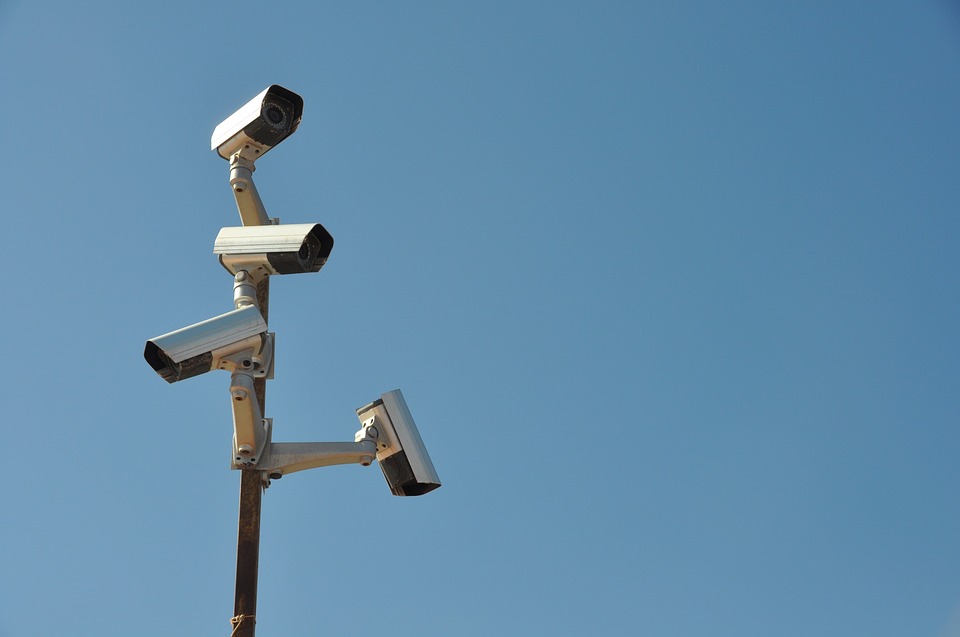
A few years ago, it was reported
that 70% of crimes in the city were uncovered using a video surveillance system. In
2018, it was said that the number of robberies in the city decreased by 38.4%, robberies - by 36%.
China is considered the leader in the number of installed surveillance cameras. In the capital of the country, Beijing, 470 thousand cameras operate. Western countries, after China, are actively starting to use face recognition technology.
The authorities intend to use it for the sake of security and the fight against crime. The London police have been testing this development for three years already - in the British capital there are about 420 thousand surveillance cameras installed (
data from the Brookings Institution).
Cameras, thanks to the development of artificial intelligence technologies and machine learning, can recognize certain objects, people and notice strange things in their behavior,
Vedomosti noted.
The London police check how accurately the face recognition technology works by installing cameras and checking passers-by to see if the technology will find among them people who look like criminals from a database.
However, the British believe that the authorities should take from them prior consent to face recognition. In one of the experiments, a man intentionally hid his face in front of the camera, pulling on a sweater, for which he was detained. As a result, he was fined 90 pounds ($ 110) for insulting a police officer. Residents of the country have already begun to defend their rights in court.
At the same time, the UK has legislation in force according to which everyone can contact law enforcement agencies to find out exactly what information is collected about him.
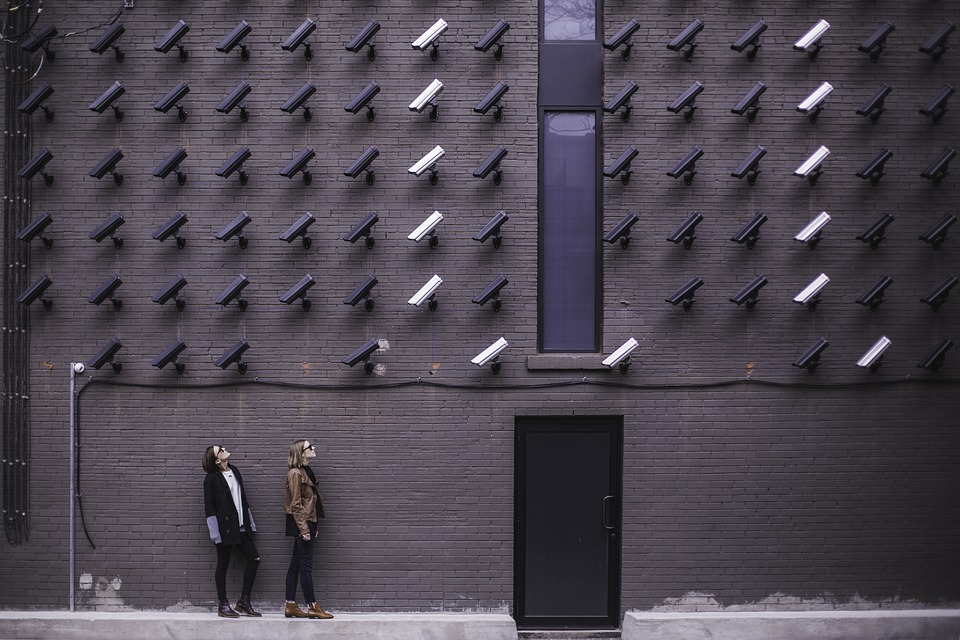
Similar proceedings are taking place in other countries. In San Francisco, authorities temporarily banned the police and other agencies from using this technology until the rules governing its use appear, writes the
Financial Times .
“It is very alarming that Great Britain follows this path and sets a precedent not only for other democratic societies, but also for less liberal countries. China uses this technology to spy on ethnic minorities and its capabilities are scary, ”says Silki Carlo, executive director of the Big Brother Watch human rights organization.
The country's public transport operator Transport for London uses this technology to monitor passengers, and British hospitals use it to monitor patients, the newspaper writes. The private sector is also interested in its application. The British startup Yoti in the coming months will equip 25 thousand stores with software that determines the age of customers. Trueface.ai, an American startup, supplies face recognition technology to casinos in the country.
Residents of all countries of the world are gradually becoming open to new technology - such scanners are installed at international airports. Technology uses Facebook, other technology companies.
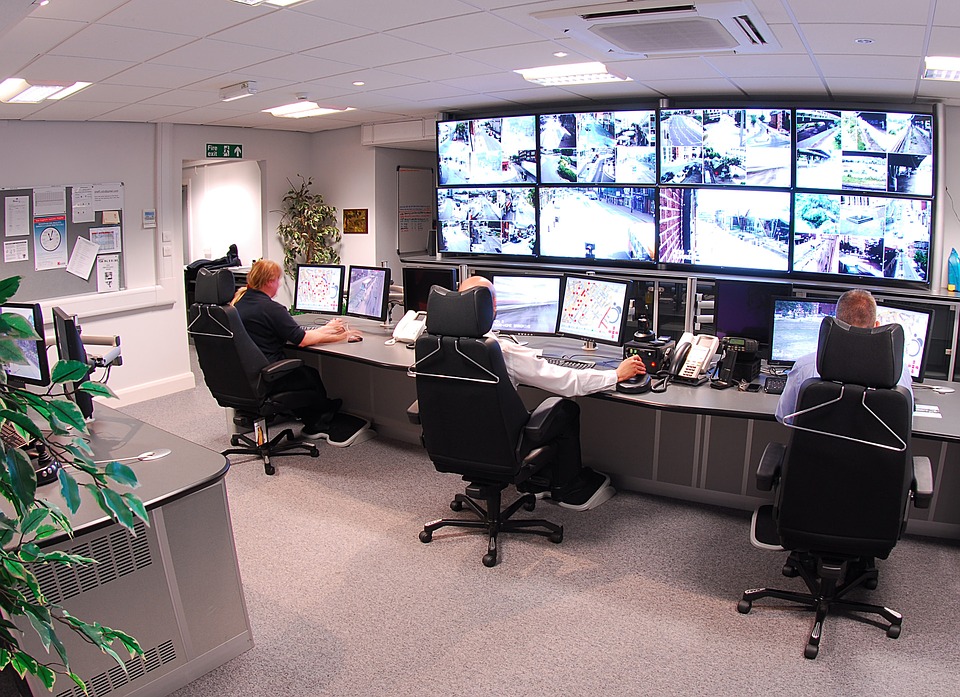
The
Wall Street Journal reports that in the US, face recognition began to be used in schools and summer camps. The authorities want to increase security, because shooting incidents often occur in American schools. For this, educational institutions create databases with photographs of people who are forbidden to be in their territory.
In the event that SN Technologies' integrated camera software identifies such people, the school will be notified. The program is also able to identify weapons in the hands of a person.
In the USA, more than 150 summer camps offer parents to pay for the services of the Waldo Photos service (collects photos for certain requests) and other companies that are able to send them photos of their children. In this case, parents themselves must provide a photograph of the child to detect it with artificial intelligence.
The technical potential of cameras with face recognition technology is huge now, says Vasil Zakiev, co-founder and commercial director of the company creating smart intercoms
Sputnik with face recognition.
“There is a camera with optics that allows you to read a newspaper from the roof of a skyscraper. The technical recognition potential is also huge. You can recognize faces, build people’s routes, combine this with data from other sources, even build a 3D model of the observed area. Systems are being improved every day. But this is the potential of the technology; on real projects, implementation is usually simpler.
Face recognition rarely works at the camera level. The camera has a rather weak processor and limited memory. Without a server, she will be able to recognize faces at the level of one plant or business center, no more. She won’t be able to save the faces of even a small city. Another thing is that any camera can send a video stream to a server, and there you can find faces from large databases, ”said Vasil Zakiev.
According to him, the operating costs of such cameras do not allow for their continuous operation, even in the leading implementation countries - the United States or China.
“If we are talking about the coverage of the city level, then the main obstacle here is the economy of this process. A city is tens and hundreds of thousands of cameras, the image from which must be laid out on faces and recognized. Recognition is demanding on data center processors and burns a lot of electricity, and face recognition from a database of a million people will be an order of magnitude more expensive.
Only on the cost of electricity, this can cost several thousand rubles per month from the camera, that is, comparable to the cost of the camera itself. And there is also the cost of transmitting a video stream, storage, and a license for facial recognition software. Therefore, so far no one in the world, even the USA or China, can ensure the continuous operation of such systems at the level of a big city.
In some cities, such as Moscow, it may be turned on for a while to provide control during a mass event or when searching for a dangerous criminal. But as soon as the problem is solved, they turn it off, because making such a system idle or “just in case” is very expensive, ”explained Vasil Zakiev.

According to IT-Lex lawyer Vadim Pozdnyakov, the situation with the use of video surveillance cameras, including for searching for certain categories of citizens, is twofold. And the ambiguity is added to her not just by video recording of what is happening in the city, but by the face recognition technology that is involved in this.
“Does the observation of an indefinite circle of citizens in public places affect the private life of specific citizens who have fallen into the lens? A moot point. Earlier, before the advent of recognition systems, the answer was no. And this position was reflected in the legislation.
According to paragraph 2, part 1 of article 152.1. The Civil Code of the Russian Federation does not require the consent of a citizen to use his image obtained in a public place, provided that such an image is not the main object of use.
In other words, before information from obviously public places was not considered information about the private life of an individual citizen.
In addition, the fact that a citizen was in a public place was previously unambiguously regarded as acting outside of his private life. According to the principle of "private life" - in private territory, and in public places of private life can not be by definition.
Using recognition systems, information obtained as a result of observation of an indefinite number of persons can be transformed into information about each captured citizen. Moreover, the prevalence of observation leads to a large amount of data that can be automatically processed and tied to a specific person.
Therefore, there is an argument in favor of the fact that the use of recognition systems in public monitoring should be recognized as collecting information about the citizen’s private life, despite the fact that the place is public and monitoring is conducted for an indefinite number of people, ”said Vadim Pozdnyakov.
The use of a recognition system and the corresponding processing of personal data is not clearly unlawful, the lawyer admits.
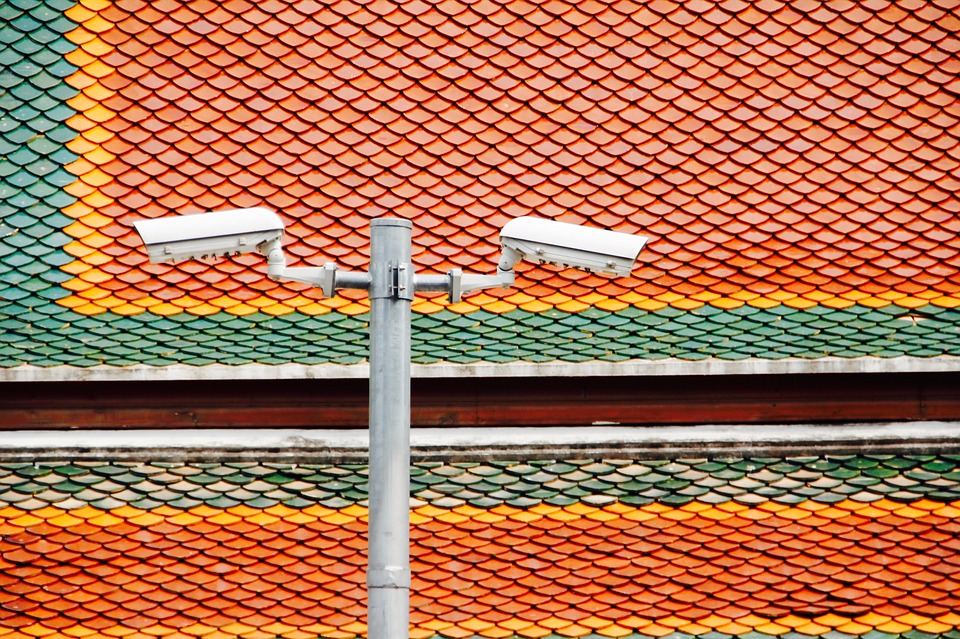
“These actions are permitted by law subject to certain requirements: who, what data, for what purposes, in what order, etc.,” said Vadim Pozdnyakov to Habru.
According to the expert, the general global trend is that society and the state are increasing the share of their control over the life of a citizen, and new technologies for collecting and processing data are used for this purpose.